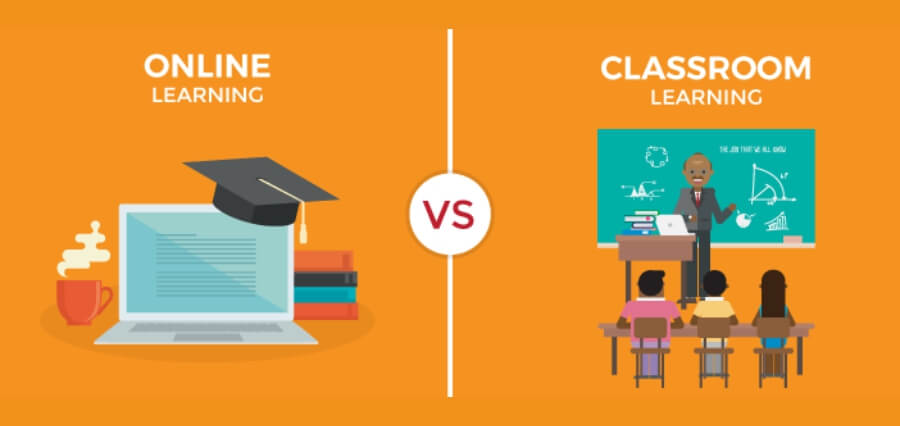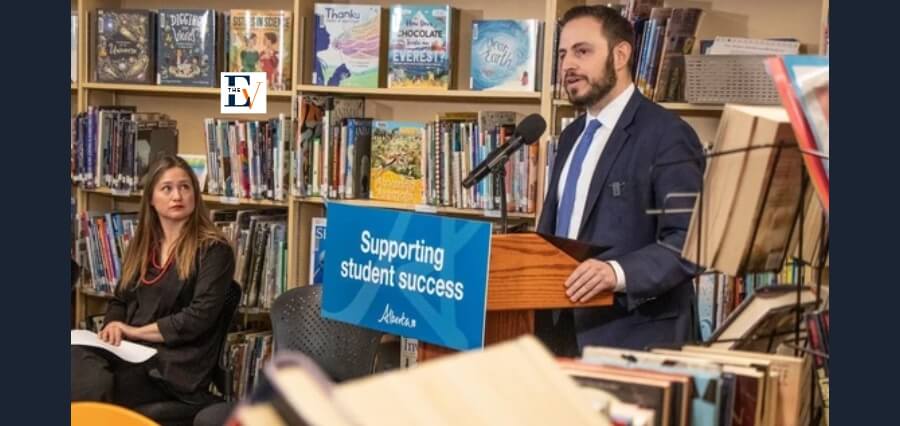The Birth of A New Education Medium
Learning is an integral part of an individual’s life. Education helps a person to live a life of leisure. A person who has invested their time in acquiring knowledge will surely reap the fruits of their hard work. The medium of acquiring is mostly through books, magazines, and online research, which consumes a lot of time and effort.
In 2019 the situation changed for everyone as the coronavirus spread like wildfire, this incident led to further chaos, and as a result, a complete lockdown was unavoidable globally. Due to the pandemic, many working professionals lost their jobs and precious lives in only a few months.
Students were no exceptions. The schools were completely closed, and students were asked to stay home safe. As months passed, students with no access to school became the priority of many current government runners worldwide. Every country started looking for an alternate solution to replace the traditional classroom temporarily. That’s how e-learning was introduced to the world. Soon after, all the students in every region of the world started learning through online mediums, giving rise to multiple platforms that provide online education to students with their personalised software.
Initially, teachers with no experience got some hiccups along the way, but soon they overcame those hurdles and started teaching through online mediums. It went on smoothly for the rest of the pandemic, and e-learning went through multiple updates as time passed. The pandemic situation was suppressed and contained, and life started flourishing once again. The process of upliftment and unlocking of the town, cities, and commerce started. Students were allowed to pursue further studies in physical classrooms. People soon started comparing e-learning and traditional classroom learning. This led to people arguing about the pros and cons of both mediums worldwide.
So,
Below we have mentioned some of the key differences between E-learning and Traditional learning.
As we are already familiar with the term traditional learning, many of us have completed our studies in a traditional classroom where students and teachers interact face to face in a particular location (school) to acquire knowledge and provide knowledge. Many among us, including students, feel that the traditional classroom provides an optimal study environment. On the other hand, many people believe that it’s time to change the traditional learning method to modern-day online education classes or online training.
Below we have Mentioned Some of the Differences in Both the Medium
Teaching Method:
In online classes, teachers and students have a wide range of online tools at their disposal. Classes are conducted via video conferencing\call. This teaching method is more focused on digitalised modern-day tech through which teachers and students have access to tools like audio, video, animation, presentation, virtual live whiteboard, and much more to offer students in the segment of creative learning. The study sessions are two-way interactive sessions.
In contrast, offline classes (traditional classes) are more focused on practical hands-on, face-to-face classes where teachers and professors are present to monitor students’ movements. Students can take part in multiple activities like dancing, singing, debating, school programs, and others. Also, physical classrooms promote good mental and physical health. In addition, they provide a learning environment to students.
Interpersonal Skills of Students
In online classes, students can not view their fellow class mate’s progress. Hence, they lose the motivation to study; therefore, no competition turns up in the class. However, in offline classes, students are face-to-face, encouraging friendly competition with classmates for good academic marks.
Flexibility in Learning
Recorded sessions to review later in online learning play a major role for students. If students are not focused enough on the class, they can revert to previously recorded live sessions. It gives students time to learn at their own pace and time. Students have more time on their hands to do more research and can learn from multiple sources like online tuition, master classes, and more. It will further enhance their knowledge of the topics.
In traditional classrooms, the priorities of a session are the physical presence of both parties. A teacher conducts lectures in the native language so students can understand the context. Sessions are not recorded, but students can ask for an overview of the topic in their next session to summarise. Offline classes are on a predefined timetable.
Accessibility
For traditional classes, students must commute from home to school and college to acquire knowledge. While in public transit, they can be late to attend lectures because of unforeseen reasons, and travel costs extra money. Moreover, in online classes, the students can join the class from the comfort of their homes. For online education, students should possess a medium to acquire knowledge and access a stable internet connection.
Practical
online classes are limited to theoretical lessons and are currently unequipped to facilitate practical experiments we have in the subjects like chemistry, biology, and physics. Whereas, in offline classes, students and teachers are both physically present to conduct the experiments that turn into an exciting activity in the class.
Technical challenges
Online classes are more prone to problems because of a fully digitalised system when it comes to the technical segment. It requires several pieces of equipment such as a computer, webcam, microphone, and internet connection. Additionally, technical issues such as slow internet connection or lack of equipment may hinder the online class.
Offline classes rarely face technical problems, and the problems are minor once most of the time because the teacher and students are present in the same classroom and communication between both parties is rarely breached.






